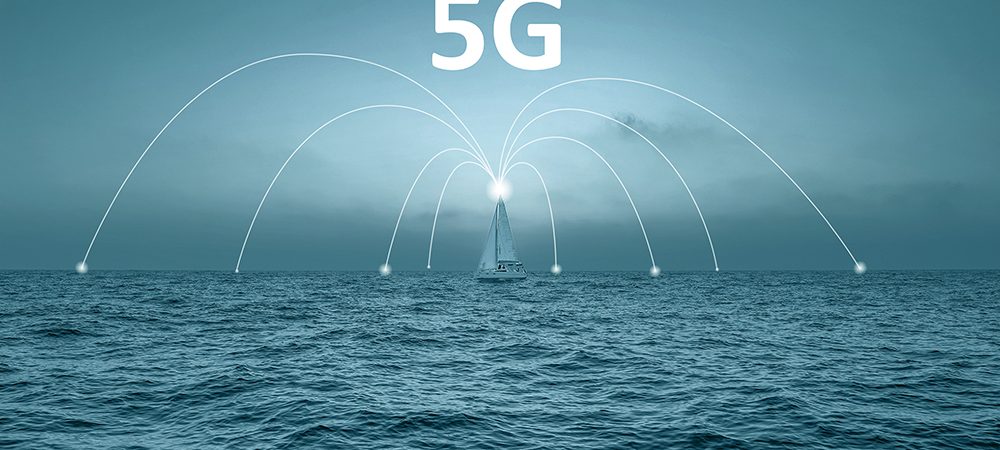Ericsson is working to transform connectivity at sea through the creation of a dynamic network architecture between maritime vessels.
For decades, satellite-based solutions have been the only option for communication at sea.
Ericsson may be set to change that dependency and make next-generation mobile connectivity the go-to choice for enterprise connectivity across the waves.
Its Maritime Mesh Network innovation, part of the Ericsson ONE initiative, looks set to be a major game changer.
Serdar Sahin, Director of Product Management at Ericsson ONE, said: “If you are a maritime ship owner today and you need your ships to be connected for monitoring, reporting, automation or remote operations, your only choice is satellite communications at high prices, high latency and much lower speeds compared to terrestrial communications.”
“This satellite-based monopoly over the seas has also slowed down the pace of innovation in the maritime industry, because the satellites are far out in space and have long life cycles in excess of 15 years.”
Through innovative use of 5G and other technologies, the Maritime Mesh Network builds a reliable dynamic network architecture, similar to a spider’s web, between maritime vessels across common international shipping lanes.
Each connection between two ships delivers latency within a few milliseconds, indicating that latency will be much lower than satellite-based models which deliver latency in the region of 700 milliseconds.


